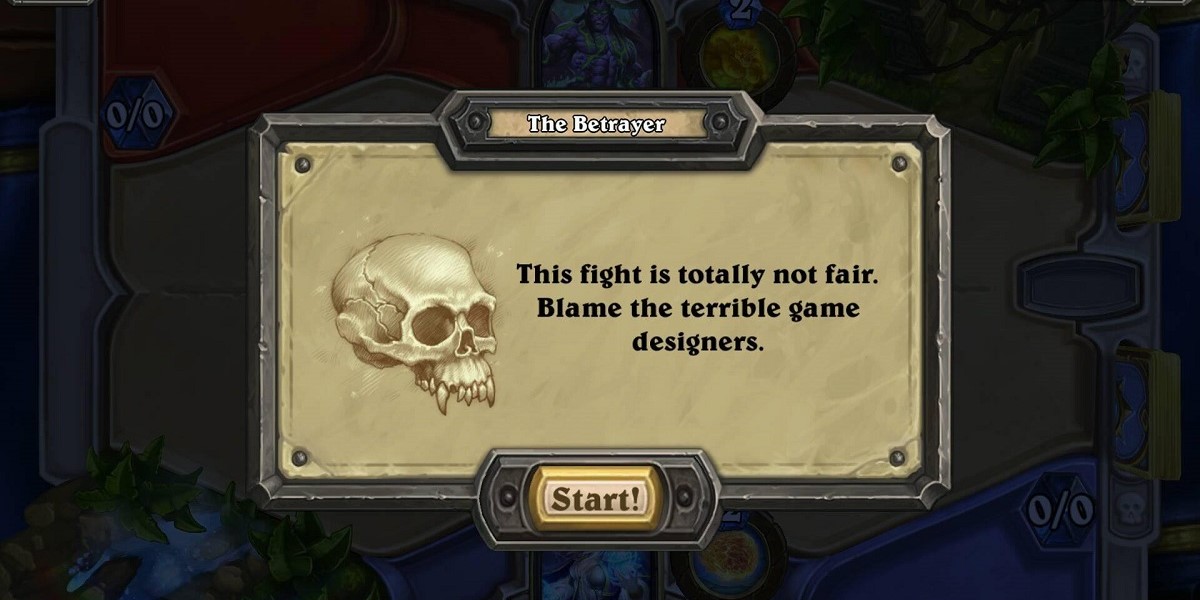Tutorials, a critical part of every game out there. No matter which rating of difficulty they have, tutorials connects you to your new customers with a special bond. Sometimes they show up like texts or images, and sometimes you play the tutorial without knowing that is a tutorial at all. Today, we want to talk about how to approach your players with a properly designed tutorial in A Design Story – How To Approach Tutorials.
Define The Core
No matter which genre your game is, every game should have a core mechanic. It can be aiming in FPS games, combos in TPS games or combining items in adventure games. The first thing you should decide what is the most crucial element that users will always need during their playthrough. Once you are %100 sure, think about a clever and a simple but fun (if possible) way to show it to users. There are a couple of ways to introduce the tutorial to your users. It can be just a static image, texts or videos. But the best way to do it is to create an interactive way to let users experience it by themselves. For a better example, check out the stealth tutorial from Shadow of Mordor.
What a clever way to introduce stealth mechanics. Player not only learns how to stealth but also experiences it in a memorable way. It doesn’t even feel like a tutorial at all. Very well done.
Here is another way to approach users with the core mechanic of your game from Bastion.
This may not seem like a tutorial at first. But the narrator adds a whole new level of “teaching” the basics of the game even though you don’t directly feel it.
Define the Beginning
Tutorials can be seen at any part of the game. It all depends on the complexity of the game and its length. For many games out there, tutorials are there to show at the beginning of the game. But sometimes it is good to leave it to players to discover some things by themselves, naturally. It may be risky but based on your target audience, that can be a better approach as well.
Let’s take a look at Dark Souls 2 and its own way to introduce the game at very early stages.
Check out 6:30 and beyond. The player sees some huge footsteps, clearly a sign of an unknown enemy. He proceeds further and sees the giant monster. He has no weapon or any clue to attack rather than running. The tricky point of this part is exactly this: don’t fight, just run. Because player sees that the monster can’t chase seem due to his lack of speed. So he passes by and safely runs away.
It is always good to show at least the basics right at the beginning. But there is a fine line between showing the basics and showing it all. You have to keep the balance and let users discover the remaining parts of the game in time. Of course, “time” is important because if that takes too much time to discover or not clear enough to understand, that may cause some frustrations. So prioritize the mechanics, choose the best moment(s) and hand the control to the player.
Define the Player Base
This part is the heart of everything. Before you even design your tutorials, you have to know what kind of players will play your game and act according to it. Of course, it doesn’t mean that you should skip the tutorials when you are aiming for more mature players. But it is always good to keep things simple (sometimes more than simple) to let them feel in control.
Limbo is one of the best examples for this part. Check out the very beginning of the game from below.
The boy is lying there, silently. There is almost no voice, no text and nothing. The game doesn’t tell you anything. Somehow player feels to push the movement button and done, the boy is awake. Limbo loves to keep things in its own way so you don’t see any tutorials at all. In the end, you really don’t need it because it is using the all-time classic movement mechanics. But you don’t see tutorials because the mechanics are easy, you don’t see because the game is all about loneliness and developers do a great job to make you feel that way.
Fez, one of the simplest yet very complicated games out there can be a really good example here. Let’s check the game out first.
Fez may look like a 2D platformer first. But it has a unique 3D world design which player can shift it anytime. This is something that needs an explanation. Like the first example Shadow of Mordor, Fez combines the core gameplay mechanic with the story itself to show it how it works. Very clever and charming way to do it and it is necessary. If you bring something new to the table, you have to give information about it, no matter how hardcore your audience is.
Conclusion
Tutorials can be tough to handle at first. The easiest is to put yourselves in their shoes and ask yourself like “was it easy, did I miss anything” and many questions that your players may ask. In time, you will clearly see the way you should work and tutorials your game needs.
See you on the next blog!



